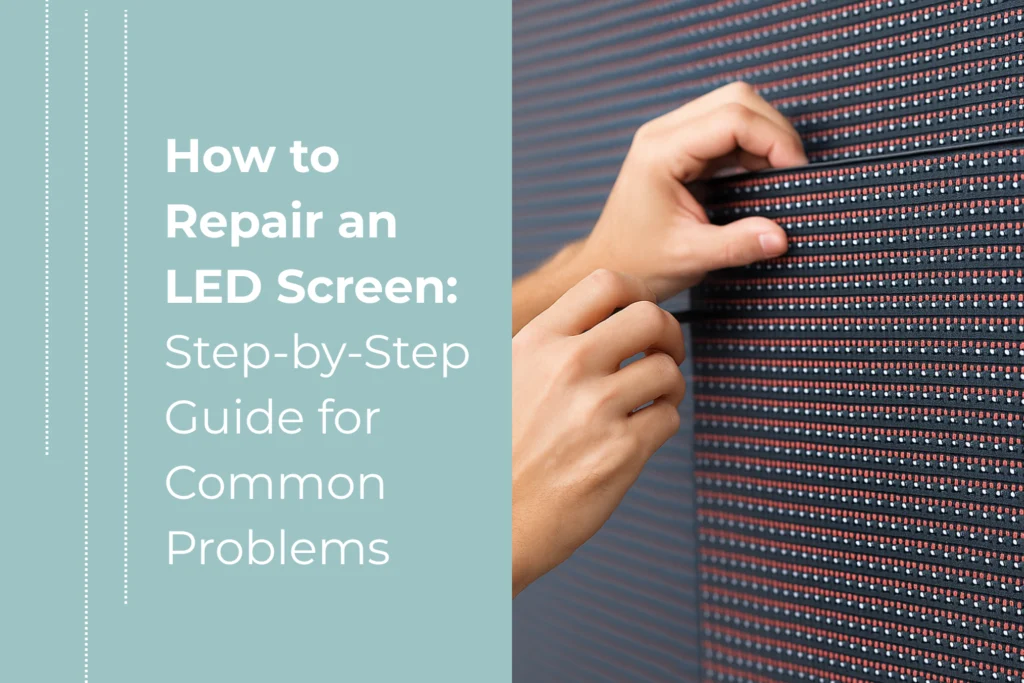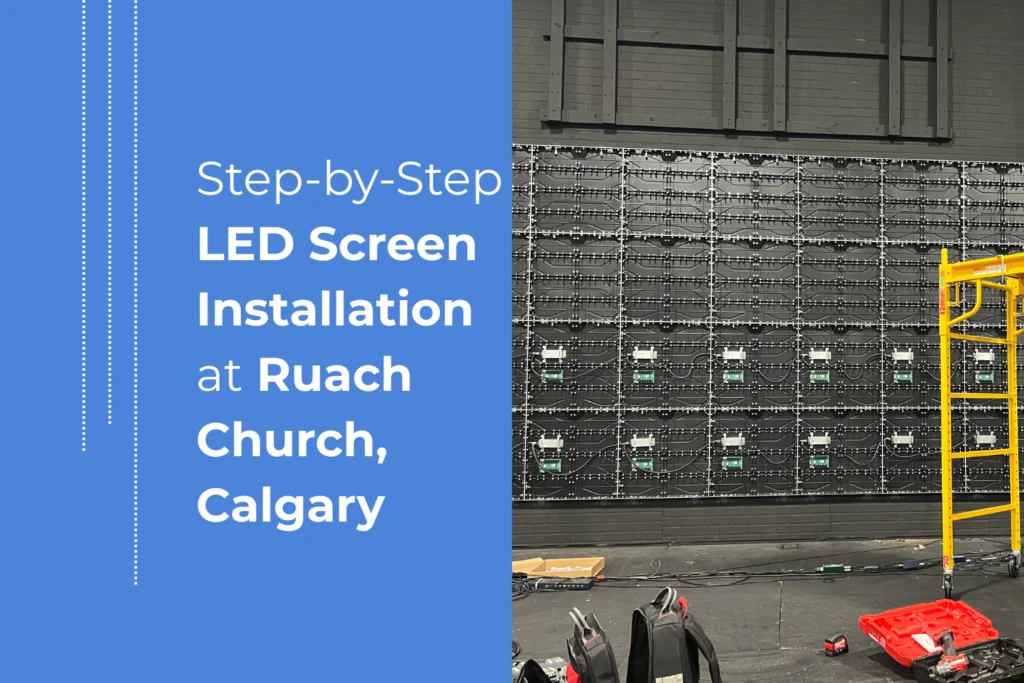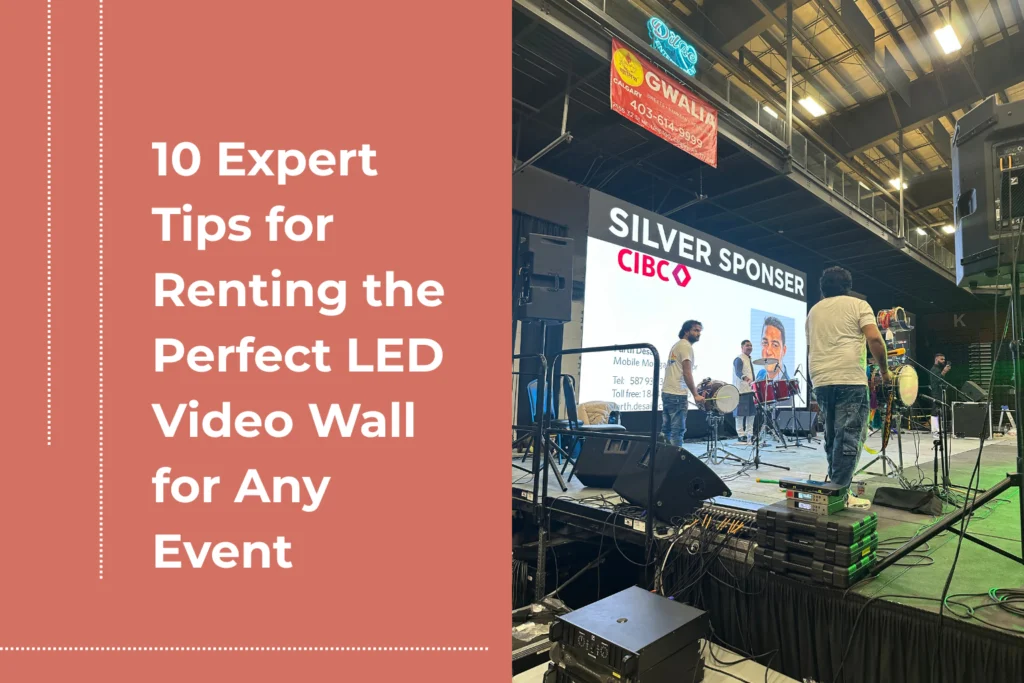What Exactly Is a Video Processor?
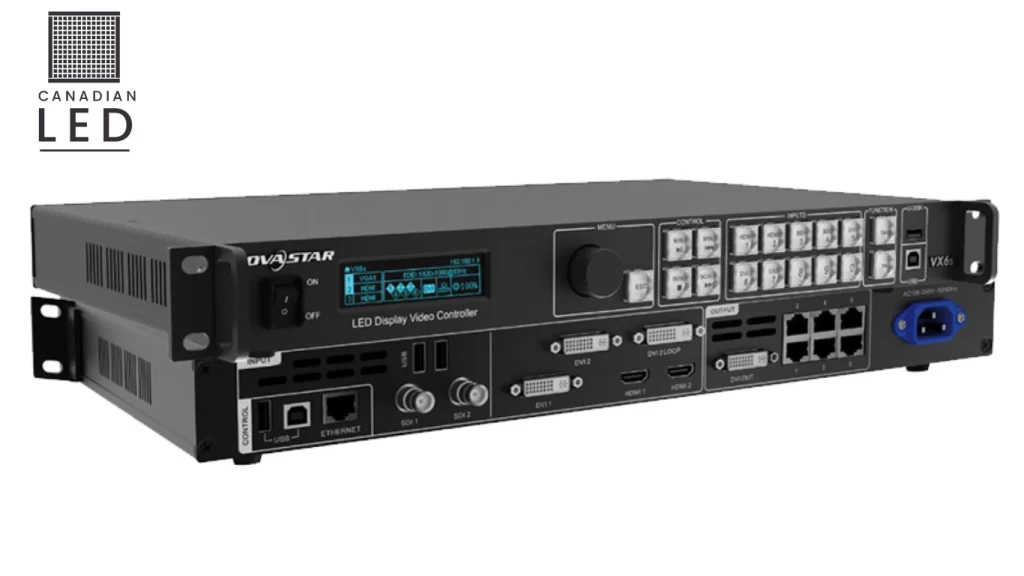
How Does a Video Processor Work?
In my work as an LED screen technician, I often get asked how exactly video processors work. The process itself is fascinating.- Signal Input: The video processor receives input signals from various sources, such as computers, cameras, or media players.
- Processing: Once the signal is received, the processor starts its work: it converts the input signal into a format that the LED screens can display. This includes scaling the video to match the resolution of the screen and ensuring the colors and brightness are accurate.
- Output to LED Panels: After processing, the video processor outputs the optimized signal to the LED panels. This step involves distributing the signal across multiple panels in the case of a video wall and ensuring that everything is synchronized properly.
The Key Functions of a Video Processor
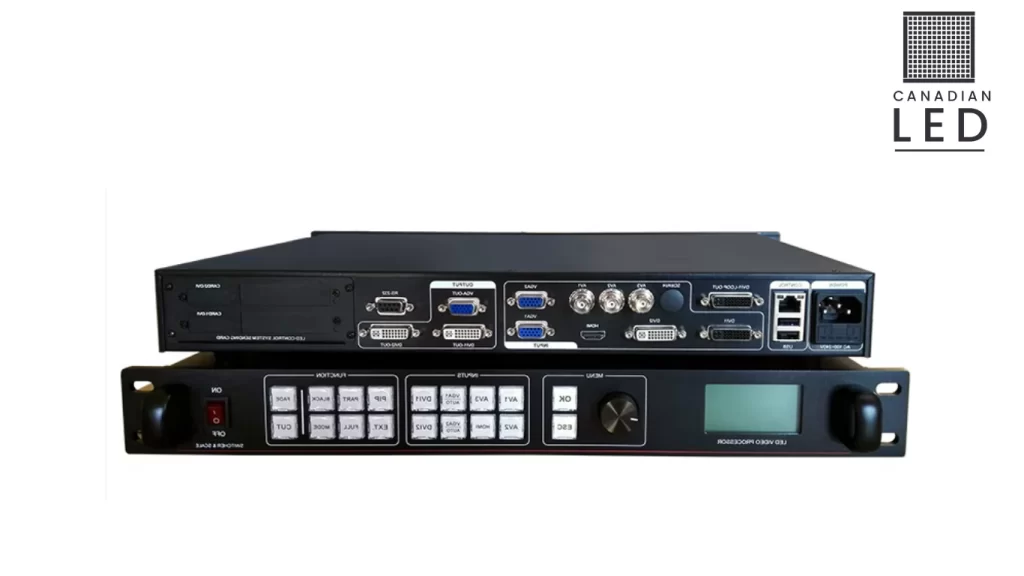
- Signal Conversion: The video processor can handle multiple types of input signals, from HDMI to SDI to DisplayPort. This flexibility allows you to connect a variety of devices, like cameras, media players, or computers, to your LED display.
- Resolution Scaling: Not all content is designed to fit the resolution of your LED video wall. Video processors scale the input resolution to match the resolution of the display. This ensures that images or videos fill the screen properly without stretching or distorting.
- Image Enhancement: A high-quality video processor adjusts brightness, contrast, and colors to ensure that the image displayed on your indoor LED screen is sharp, clear, and vibrant. This is especially important for applications like LED screens for churches, where clarity and color accuracy are critical for displaying messages and visuals.
- Frame Synchronization: When working with large displays, it’s crucial to ensure that the frames are synchronized across all panels. A good processor will ensure that the content is displayed seamlessly without lag or flicker, even in fast-paced video scenarios.
- Multi-Source Management: Sometimes, you need to display multiple video sources at once, especially for LED video walls in control rooms or entertainment venues. A video processor can handle multiple input sources and display them on the same screen, whether it’s in a split-screen or picture-in-picture format.
The Importance of a Video Processor for Large Displays
When you’re working with something as large and intricate as a LED video wall, the processor becomes even more critical. It ensures that the image quality remains consistent across all panels, even when the content is dynamic and fast-moving. The last thing you want in a control room or live event is for one of the panels to go out of sync or display blurry content. For example, when we’re setting up LED screens for churches, we need the message or the video to flow smoothly from one panel to another, without any interruptions. A video processor helps us achieve that perfect display by handling the resolution, color balance, and sync across the entire screen.How to Choose the Right Video Processor
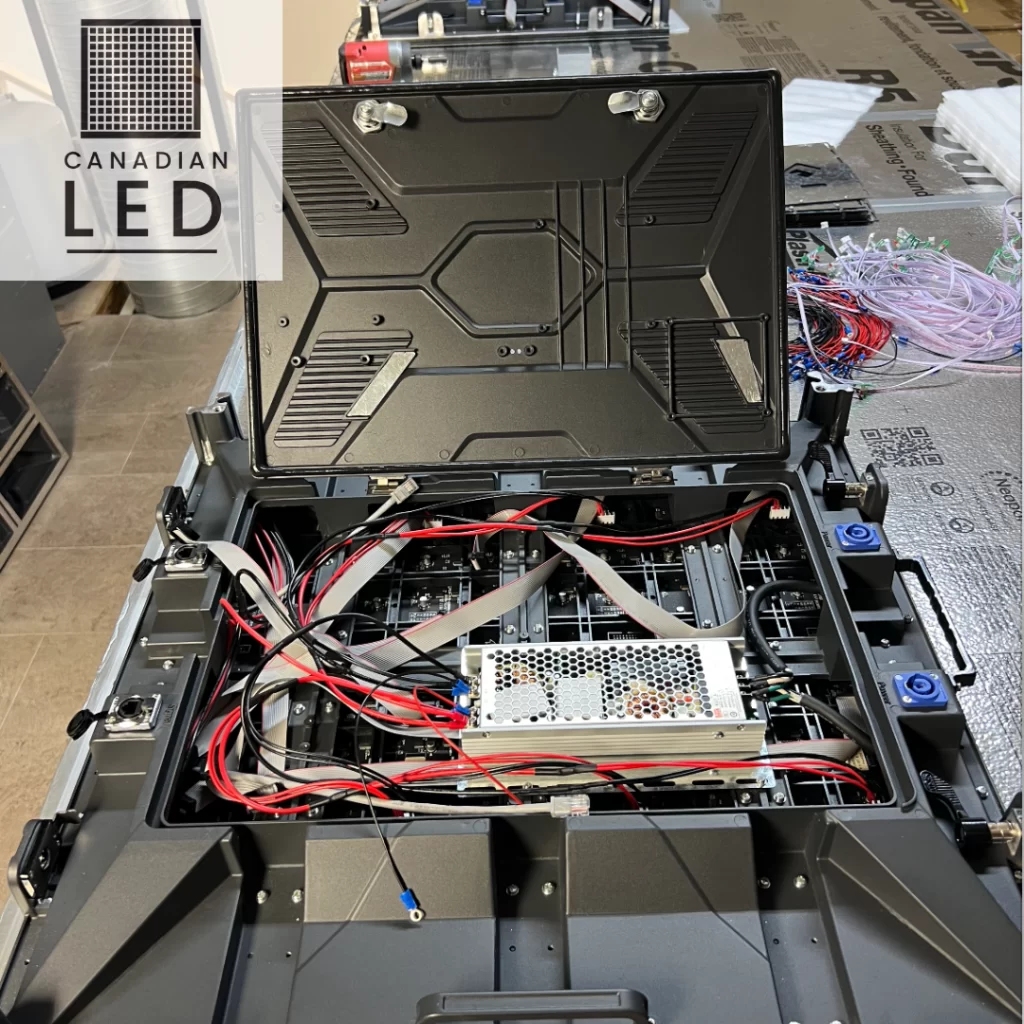
A behind-the-scenes look at the intricate wiring and power system inside a high-quality LED screen. Precision engineering ensures optimal performance and reliability.
- Resolution Support: Always choose a processor that supports the resolution of your LED video wall. If you’re using a high-resolution display, you’ll need a processor capable of handling those higher resolutions.
- Frame Rate: If you’re working with fast-moving video content, ensure that the processor can handle high frame rates. Some processors are designed for applications that require smooth motion, like live broadcasting or sports events.
- Input/Output Compatibility: Make sure the processor supports the input signals you’ll be using, as well as the necessary output formats for your LED screens for churches or other installations.
- Reliability and Support: Finally, make sure that the processor is from a reputable brand with strong customer support. As a technician, I’ve often had to troubleshoot issues with processors, and having solid support can save a lot of time and hassle.
Common Challenges and How Video Processors Help Overcome Them
When we set up indoor LED screens, a common challenge is ensuring that the content looks good in different lighting conditions. Video processors help by adjusting the brightness and contrast based on the surrounding environment, ensuring that the display is visible at all times. Another challenge is working with multiple video sources, especially in control rooms or large events. A video processor can seamlessly switch between different inputs, ensuring that the content is always in sync and the transition is smooth.Video Processors for Different Applications
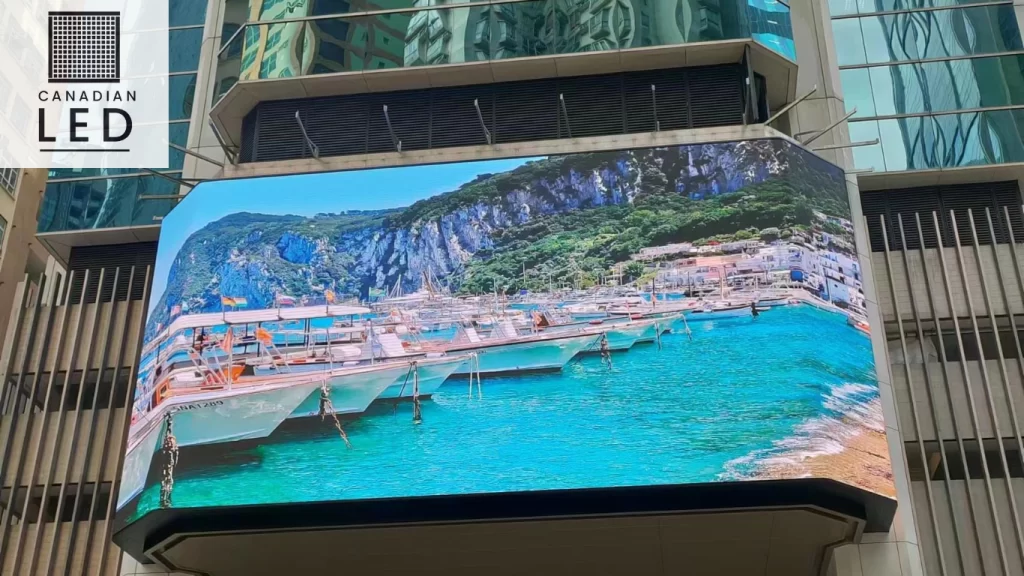
- Control Rooms: Video processors help manage and display data from multiple sources, ensuring that the team has access to clear, real-time information.
- Corporate Events: For events like conferences or exhibitions, video processors ensure that the display is optimized for high-quality visuals, whether it’s a live feed, a presentation, or interactive content.
- LED Screens for Churches: For places of worship, clarity and color accuracy are crucial, and video processors make sure that messages, videos, and live feeds are displayed beautifully across the screen.
- Outdoor Installations: Video processors also come in handy for larger outdoor displays where environmental factors like weather or sunlight may affect the quality of the image.

